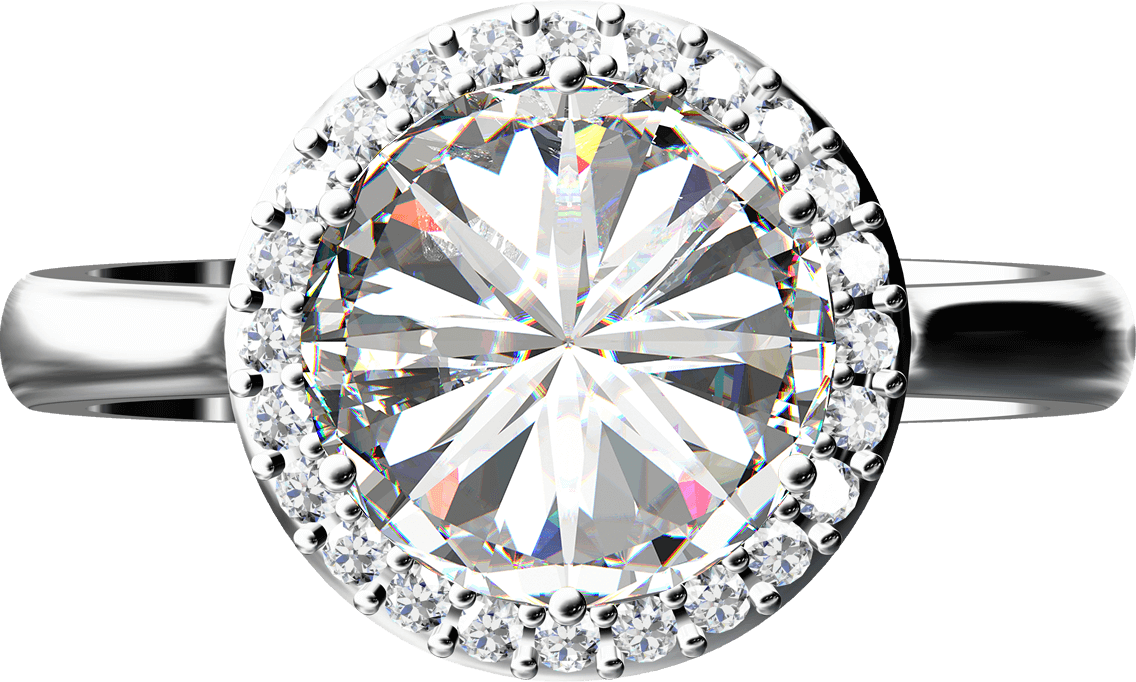-
![]()
Guarantee of origin
for every polished diamond
Diamond's story
Geography
All our polished diamonds originate from Russia. ALROSA mines rough diamonds from 11 kimberlite pipes and 16 placer deposits. Two of these pipes are located in Arkhangelsk Oblast—in the Northwest part of Russia. The rest of the deposits are located in Yakutia in the Northern part of Siberia.
Origin
Rough diamonds were born deep inside the Earth hundreds of millions years ago. They are older than mankind by a hundredfold; they are even older than the dinosaurs. Under enormous pressure, at great temperature, carbon atoms formed the crystals of rough diamonds, and eruptions of old volcanoes lifted them close to the earth surface where people could find them. The history of ALROSA dates back to 1954, when two women geologists found the first diamond field in the far Northern region of Yakutia. It was named Zarnitsa, because the diamond ore contained small red stones—pyropes—companions of rough diamonds in kimberlite pipes (Zarnitsa originates from the Russian word ‘zaria’ meaning ‘dawn’).
Nowadays, once a rough diamond comes from the ore to daylight, we assign a unique ID to it and we can track precisely the time when and where the deposit was mined. The rough diamond details continue to be passed on throughout the manufacturing process.
In Search of a Rough Diamond
A Birth of a Polished Diamond
A rough diamond in its original form bears no resemblance to the beautiful shining polished diamond you buy from a store. Its potential is revealed only through the skills of a cutter. ALROSA is currently the only mining company with its own diamond-cutting facilities. We cut only our own rough diamonds and never third-party ones. Thus, we are able to warrant the origin of the stone and the fact that it was created in line with the best corporate sustainability practices. The stone undergoes initial evaluation, and further scanning where experts reproduce a 3D model of the diamond and do the calculations to ensure the best cut. After the calculations are done, the rough diamond is sawed by a laser beam into several pieces; each piece is then sent to the cutters to become a unique high-quality polished diamond. Creating a polished diamond is a lengthy process that may take several months. That is the price we must pay, to achieve perfect proportions and luster.
Future Fate of a Polished Diamond
Although a rough diamond can be divided into several parts for cutting, we still know from which stone every polished diamond was made. And at the same time, we can easily track how many and which polished diamonds were made from this very rough diamond. We can monitor the entire process from the deposit to a polished diamond, and be sure that the stone was not replaced or damaged at any stage. This is why we say that the origin of our polished diamonds can indeed be guaranteed.
We sell both mined rough, and polished, diamonds to our partners—carefully preselected large companies, which guarantee compliance with human rights and corporate sustainability principles. At the retail end of the business, polished diamonds receive the required certification in gemmological laboratories and have a certificate specifying their individual characteristics.

Only a polished diamond with a flawless history deserves to shine as jewellery, and become a part of someone’s life representing a symbol of something truly important.
It is time to


